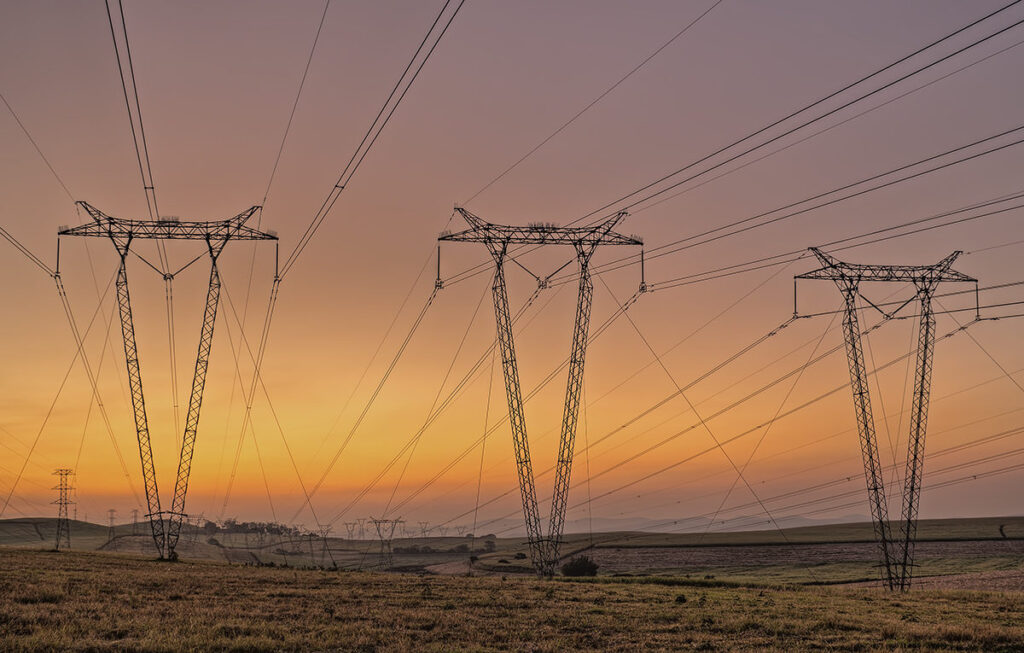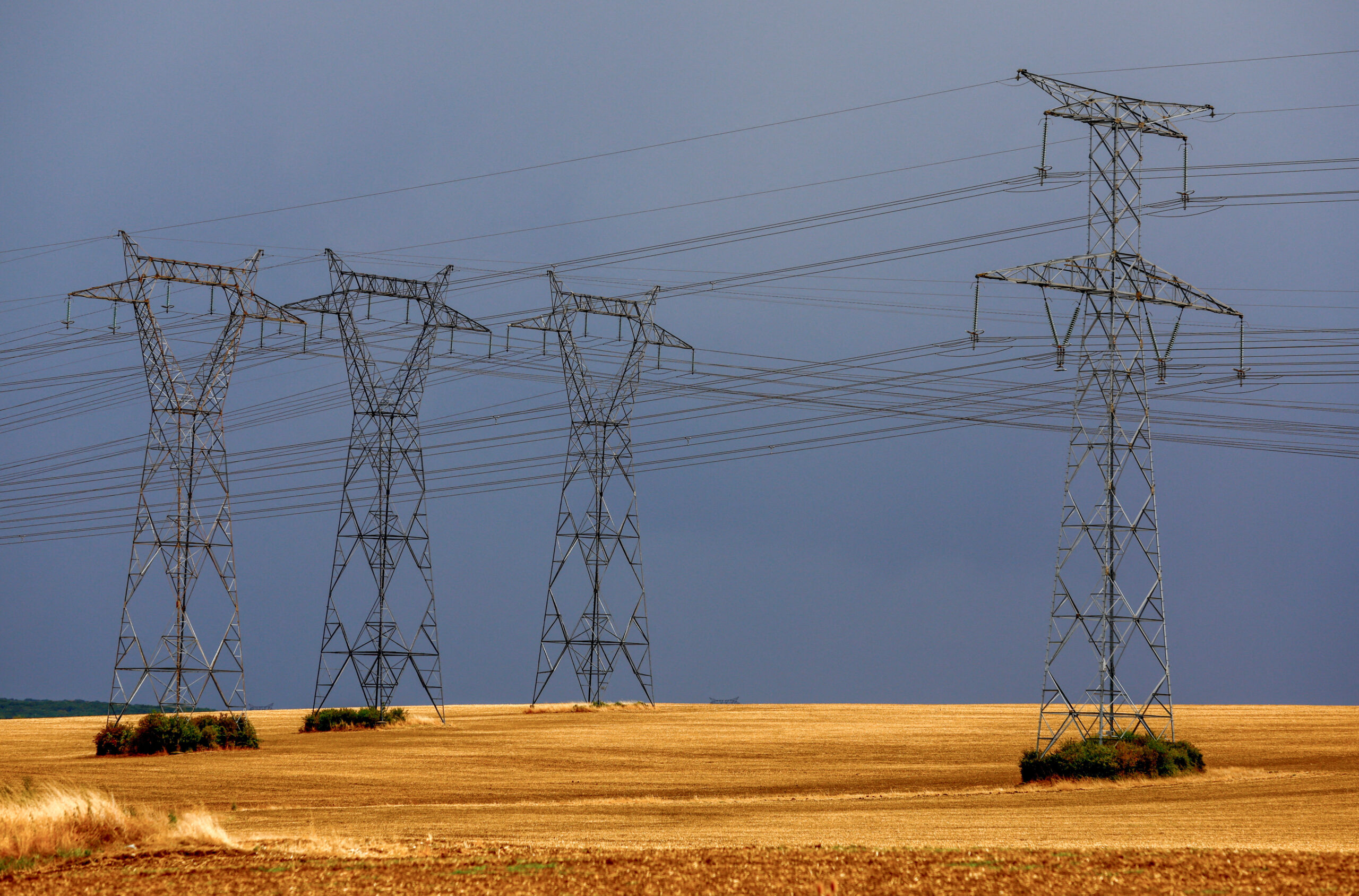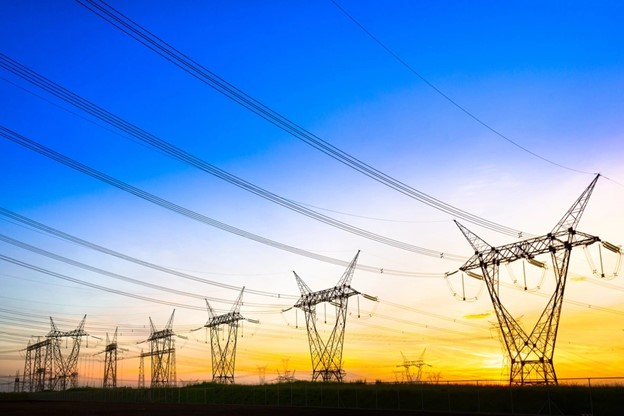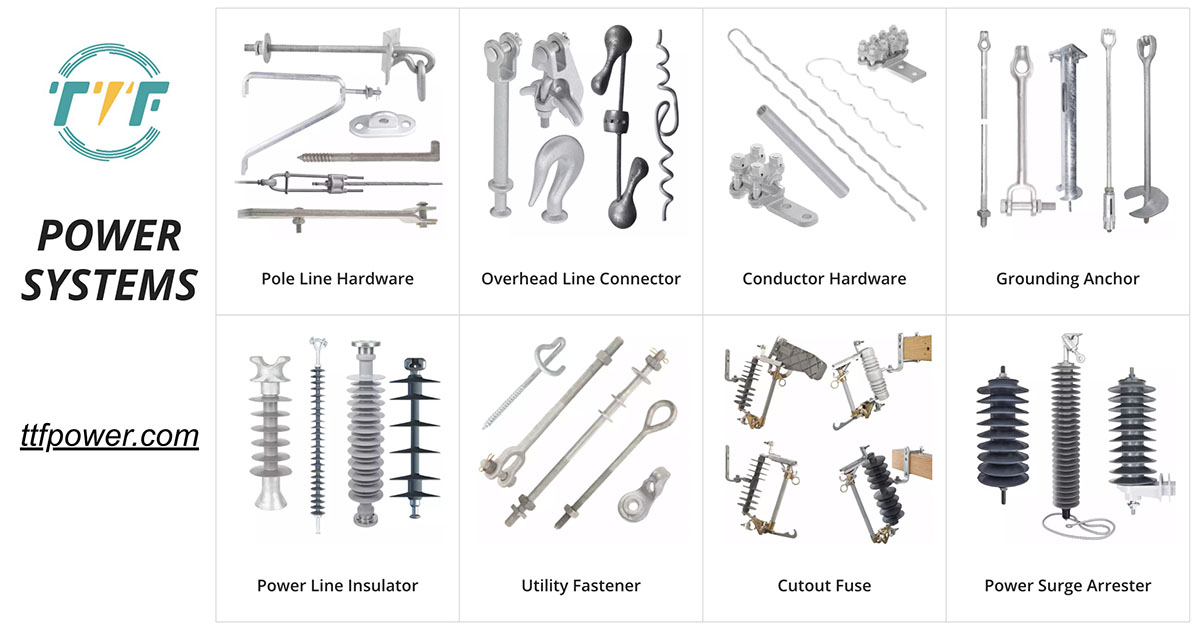
South America possesses an extensive electrical network, and several groups have highlighted the importance of more investment in critical areas. These industries include electricity transmission, energy storage, pole line hardware, grid infrastructure, and transportation. The current energy infrastructure in the region is insufficient to meet its competitive needs. The World Bank states that, on average, annual infrastructure investments usually make up 2 to 4% of GDP. This places South America in a less favorable position compared to other regions. Nations like Argentina and Brazil make up around 80% of South America’s GDP.
Dive in as we investigate the obstacles confronting the electricity infrastructure in South America. We will also investigate how pole line hardware deals with these concerns. These issues impact the dependability, efficiency, and long-term viability of generating and delivering electricity. Addressing these challenges will need collaboration from governments, private investors, and international organizations. Pole line hardware addresses these obstacles by improving the strength and resilience of power lines. Moreover, the reliability and expandability of the grid can improve with insulators, clamps, and brackets. Furthermore, the pole line hardware is meticulously designed, resulting in reduced maintenance requirements. This results in decreased operational costs and guarantees a steady energy supply.
Difficulties affecting the energy infrastructure of South America.
South America’s energy infrastructure faces many obstacles that affect its effectiveness and long-term viability. This affects the generation and delivery of electricity throughout the entire region. Currently, electricity is accessible to 96% of homes in South America. Electricity has the potential to be a major advantage competition for the area. This relies on the presence of clean energy produced through hydropower. To integrate renewable energy sources, the region must upgrade and update its electrical grid. Modern pole line equipment has the capability to ease smart grid technology. This helps to enhance energy efficiency and control demand management in South America. The challenges facing the energy infrastructure in South America are as follows:

- The region offers great potential for integrating renewable energy sources. This includes solar, wind, hydroelectric, and geothermal sources of energy. Integrating this into the primary grid comes with challenges. This is due to its restricted adaptability and capacity to handle changes in energy generation.
- The energy infrastructure in South America is getting old and needs to be updated. This includes old power plants, transmission lines, and substations. All these are prone to malfunctions. This leads to frequent power failures and inadequacies in the energy distribution.
- The interconnection of smart grids and IoT devices in energy infrastructure has resulted in the rise of cybersecurity risks. This could result in significant disruptions, financial losses, and endanger national security.
- Regulatory obstacles emerge because of the varying regulations governing energy infrastructure. This creates challenges for working together in the region and for trading energy globally.
Possible solutions to the challenges using pole line hardware
In the past, many South American countries have made investments in their energy systems by forming partnerships with private companies. Governments are collaborating with industry experts to tackle these issues. Potential strategies consist of guidelines and laws, collaborating as a team, and advancements in technology. Furthermore, these options must be customized to address the specific requirements of the area. Examples include advancement, increased availability, and strengthened durability. Pole line hardware includes different parts that help in extending power lines to remote areas. They assist energy providers in extending the grid to provide electricity to communities that lack access to it. Listed below are a few typical solutions for issues in the energy infrastructure.

- Enhancing cybersecurity involves implementing measures by government agencies and industry experts to protect the energy grid from cyber threats. This might include improving security protocols, protecting confidential data with encryption, and monitoring for potential threats.
- Infrastructure modernization entails replacing old equipment with more effective and reliable technologies. This includes investing in older power plants, transmission infrastructure, and substations. This helps reduce the likelihood of failures and improve the stability of the grid.
- Governments must create policies and regulations that encourage private investment in energy infrastructure. They could also promote the issuance of green bonds for funding projects focused on energy efficiency.
- The area could improve cooperation by creating cross-border energy trade deals. This allows nations to swap energy supplies. This can assist in balancing supply and demand across the region and reducing reliance on a sole energy source.
To conclude,
South America faces many obstacles in its energy infrastructure, which affect both the generation and distribution of power. These problems include old infrastructure, inequitable energy access, a strong reliance on hydropower, and vulnerabilities in cybersecurity. Climate change has a significant impact on the regional energy systems. This could exacerbate problems such as grid instability and energy shortages. Pole line hardware is crucial for improving South America’s energy infrastructure. The components improve dependability, support expansion, ease the incorporation of sustainable energy, and enhance resistance to environmental issues. Therefore, it is crucial to integrate pole line equipment into the construction of energy infrastructure. This will help to advance a more efficient and long-lasting energy system throughout the area.

TTF Power Systems manufactures and supplies hardware fittings for utility poles, accessories for transmission lines, and pole line hardware. We provide the most extensive selection of products in the sector, together with exceptional value and expert help. This method enables South America to secure its energy future while ensuring access to clean, reliable, and affordable power.
